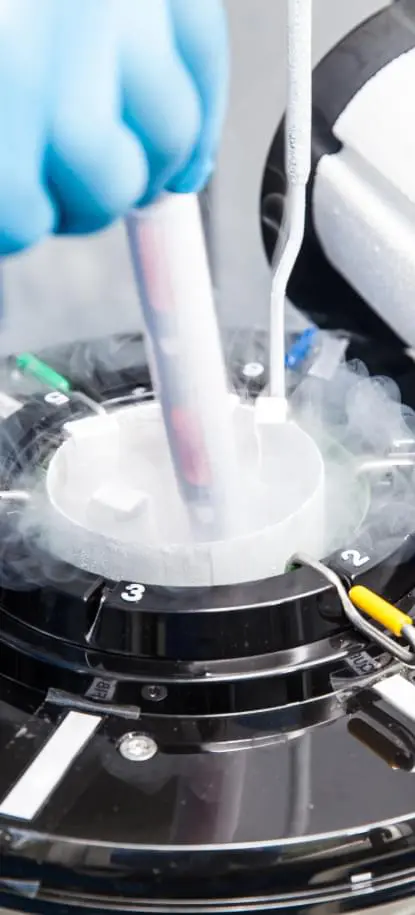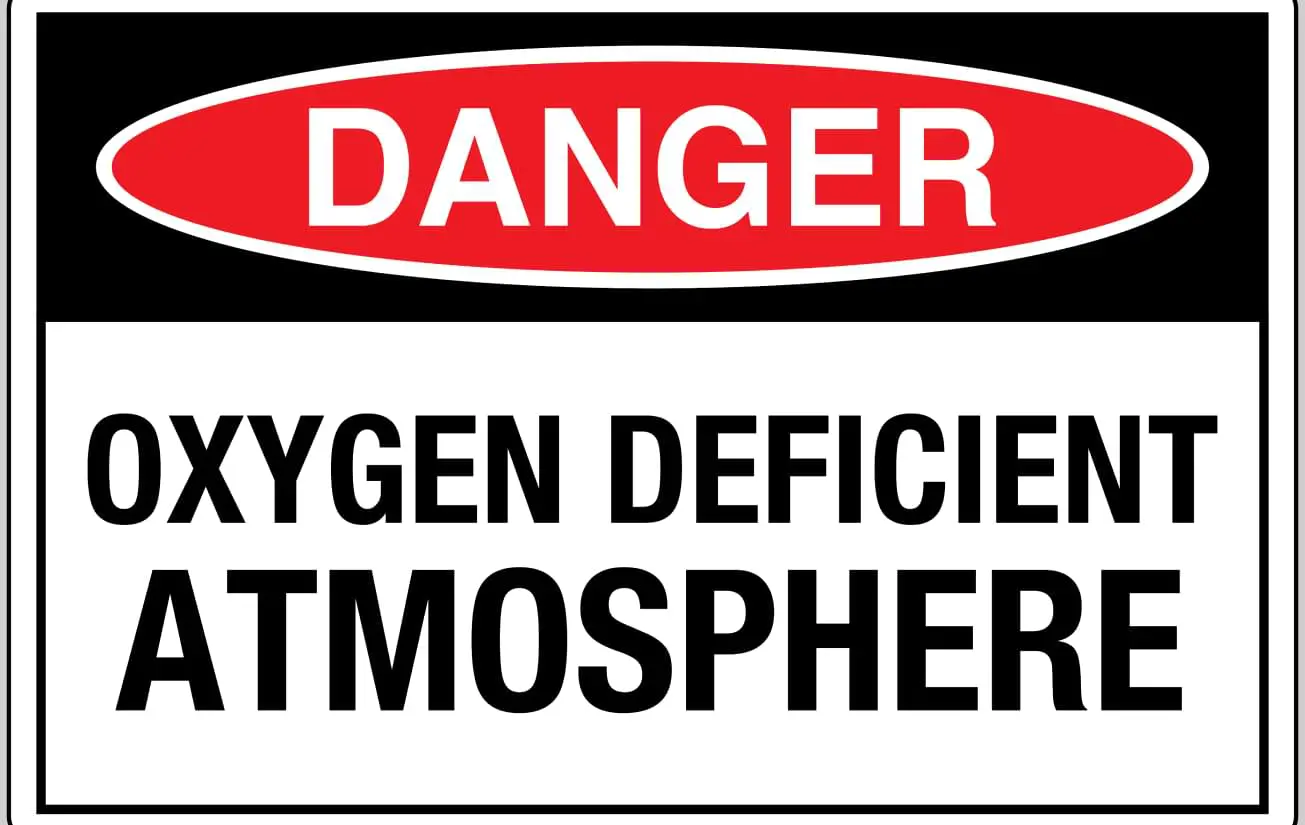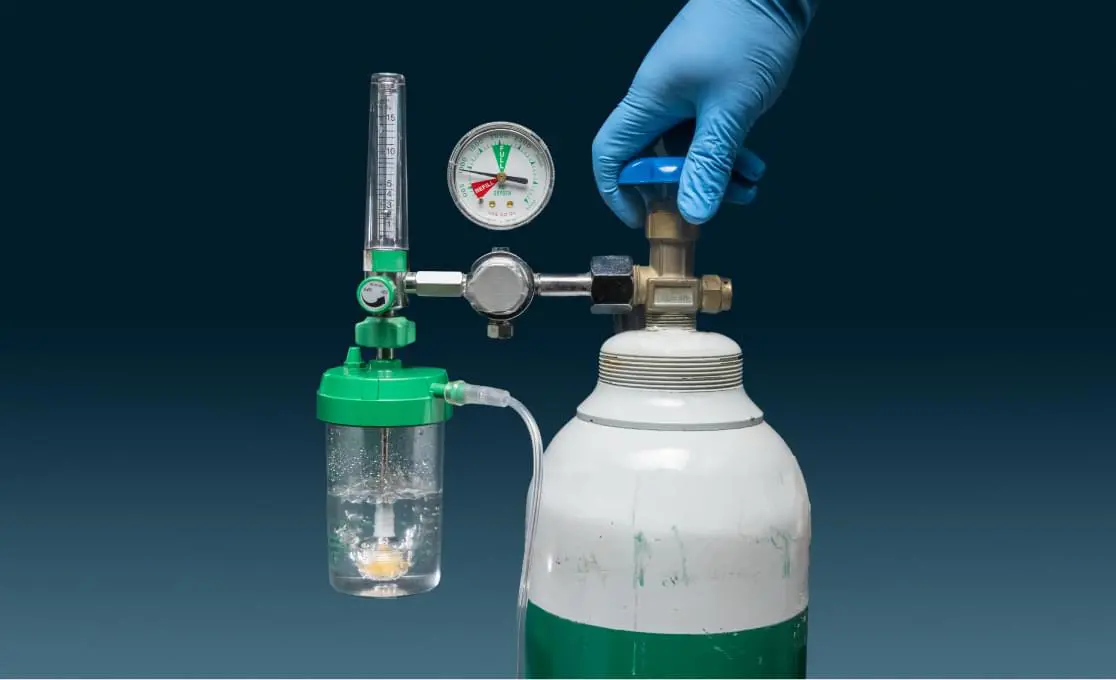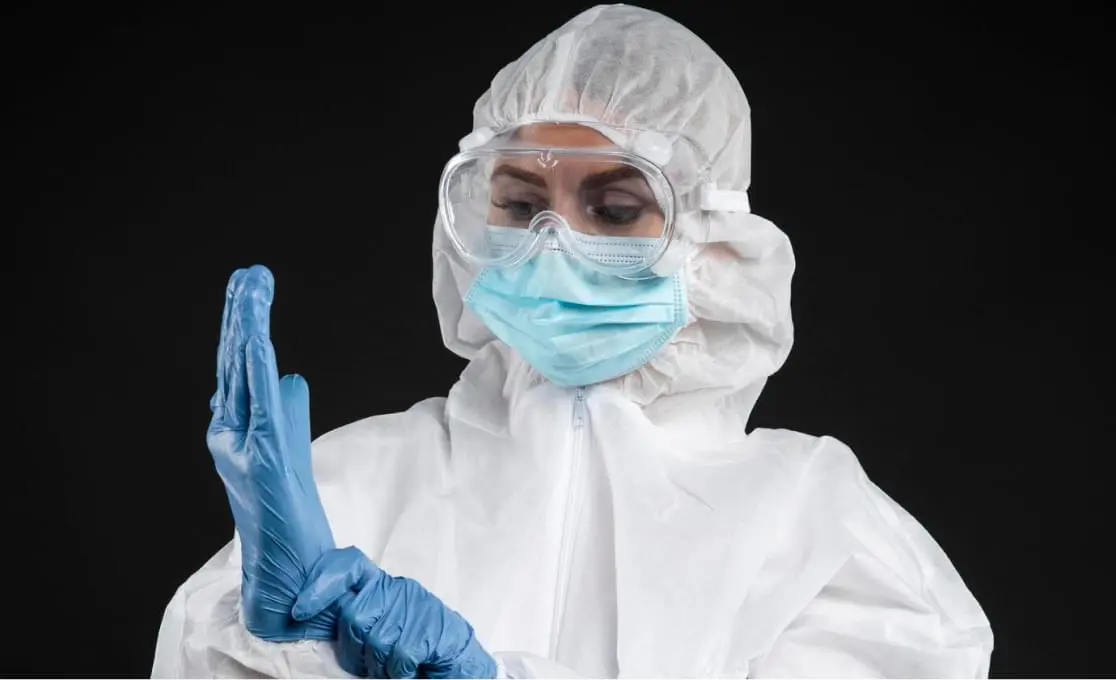




Quick Links:


The safe handling of cryogenic liquids involves understanding the unique properties of these materials and ensuring that appropriate safety precautions are taken at all times.
Cryogenic liquids are typically odorless and colorless when vaporized to the gaseous state. Most of them have no color as a liquid although liquid oxygen is light blue. However, the extremely cold liquid and vapor have a built in warning property as the cold boil off gases condense moisture in the air, creating a highly visible fog. Cryogenic liquids are liquefied gases with temperatures below -73°C (-100° F).
Due to the many risks associated with cryogenic liquids, an risk assessment will be performed by your HSE representative. This type of risk assessment takes into account all of the associated risks related to cryogen use with a major focus on oxygen-deficiency. To determine necessary controls to limit the risk associated with oxygen-deficiency the size of the room, the total volume of liquid, and a worst-case release scenario will be evaluated.



Cryogen Storage & dispensing areas



If medical attention is needed following a skin or eye exposure to a cryogenic liquid, immediately call 911.
